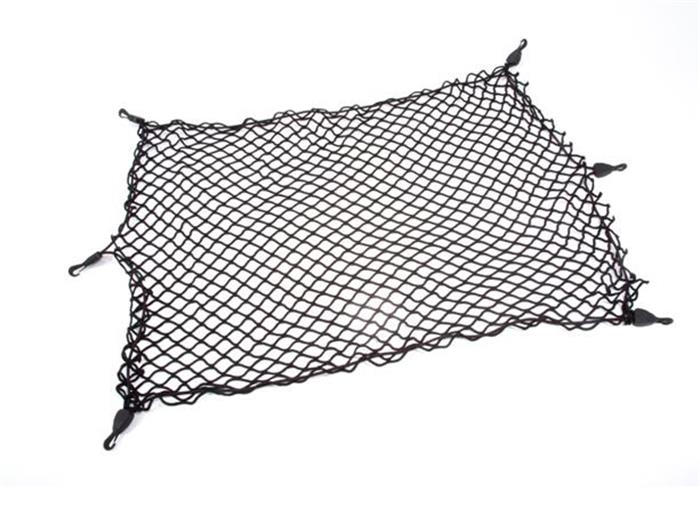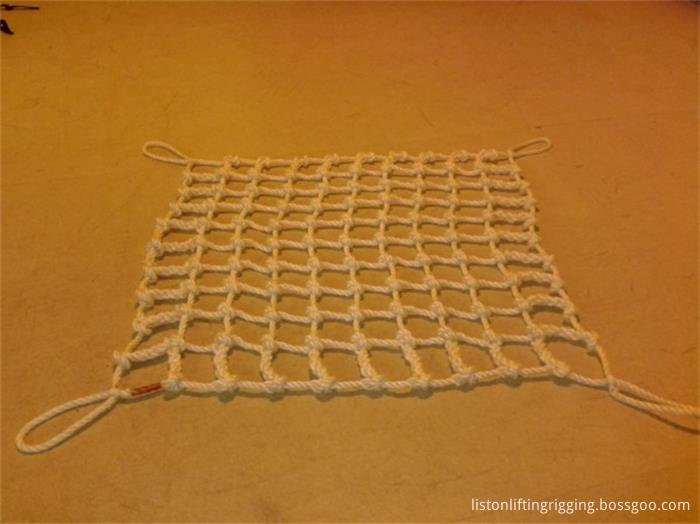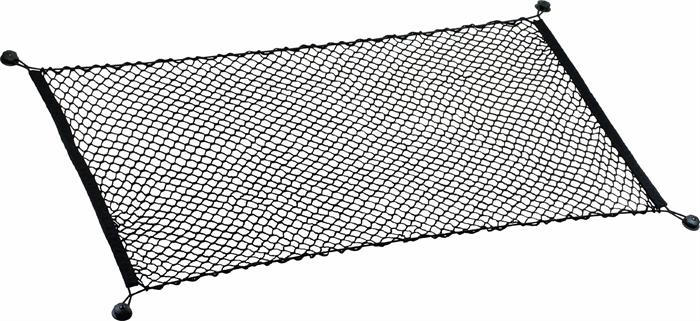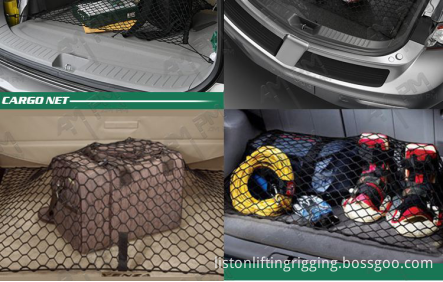The following describes a simple method of finding faults—the truncation method. This method finds the fault location based on the gas system schematic diagram.
The “truncation method†refers to the system that first finds the fault on the schematic when a fault occurs. Then from the central part of the system, “cut off the waist,†determine the half of the fault through the test method. This will eliminate half of the system at once, and then in the remaining half of the system, find the middle part of the cut test to determine where the fault is. Half of the way, the faulty part can be found accurately in a short time, and the fault location can be found out and then dismantled.
For example, after stepping down the main brake valve, the (middle) rear axle brake sub-chamber does not act such a fault. First, find the (middle) rear axle brake system and the components associated with the system from the schematic diagram. The (middle) rear axle brake system consists of air compressor, pressure regulator, oil-gas separator, four-circuit protection valve, air reservoir, main brake valve load control valve, relay valve and compound brake chamber. First, select the middle part of the system, for example, select the main brake valve 12 outlet port “21â€, and disassemble the “21†joint, step on the brake pedal, such as “21†interface gas, indicating that the main brake valve before the system components are not problem. Reconnect the connector, and then select an intermediate part of the remaining system, such as the relay valve 16 outlet port "2", disconnect the connector, step on the brake pedal, observe the gas outlet "2". If there is no pressure output, it means that the fault is between the load regulating valve 15 and the relay valve 16. Then disconnect the air outlet “2†of the load regulating valve 15, step on the brake pedal, and observe the interface “2â€. If there is no pressure output at this time, it means that the fault is in the load regulating valve 15 .
The above only exemplifies the application of the “truncation methodâ€. Using this method plus practical experience, it will be applied freely in practical work and achieve a multiplier effect.
A cargo net is a type of net. It is usually square or rectangle, but sometimes round, made of thick rope, with cinch ropes extending from the corners, and in some designs, the edges. It is named for its use in transferring cargo to and from ships. We provide auto cargo net ,cargo net for climbing tasks and nets for cargo protections.
These stretch cord nets are a great alternative to trying to use multiple bungee cords, quickly surrounding and keeping a tight hold on your cargo. Each net has multiple hooks to secure it to a basket rail, roof rack bar, or another tie down point.
Technological Process
--Raw material
--Plyinig and warping
--Braided Netting
--Cutting different dimensions
--Sewing into finished Trailer Cargo Net
--Packaging with insert (label) into carton
--Inspection(raw material, process, pre-shipment)
--Entering warehouse
--Loading container
Products show




Our advantage:
1.small quantity we accept.
2. Well and high quality control
3. Competitive price
4. OEM welcome
5. Considerate service
6. Delivery in time
We can provide:
Quality guarantees with test reports on request
Short sample and production lead times
Professional services
Our products feature colorfastness and anti-UV and AZO free functions.
OEM and ODM designs are welcomed.
We sincerely hope that we can cooperate with you in the near future!
Cargo Net,Cargo Netting,Truck Cargo Net,Climbing Cargo Net
Hebei Liston Lifting Rigging Manufacturing Co., Ltd. , https://www.liftingriggings.com